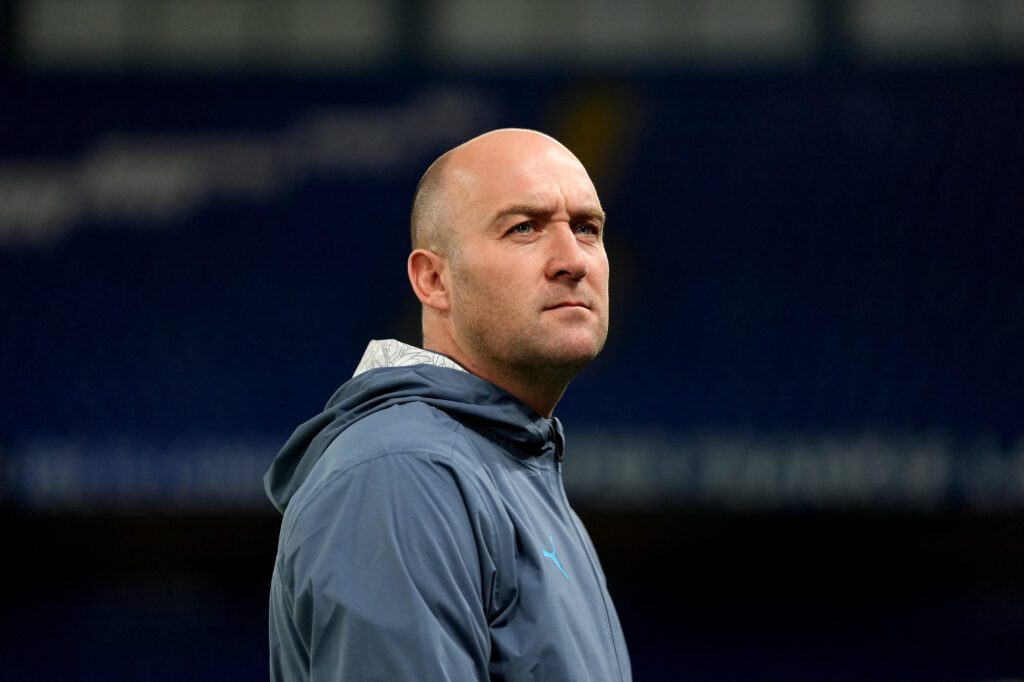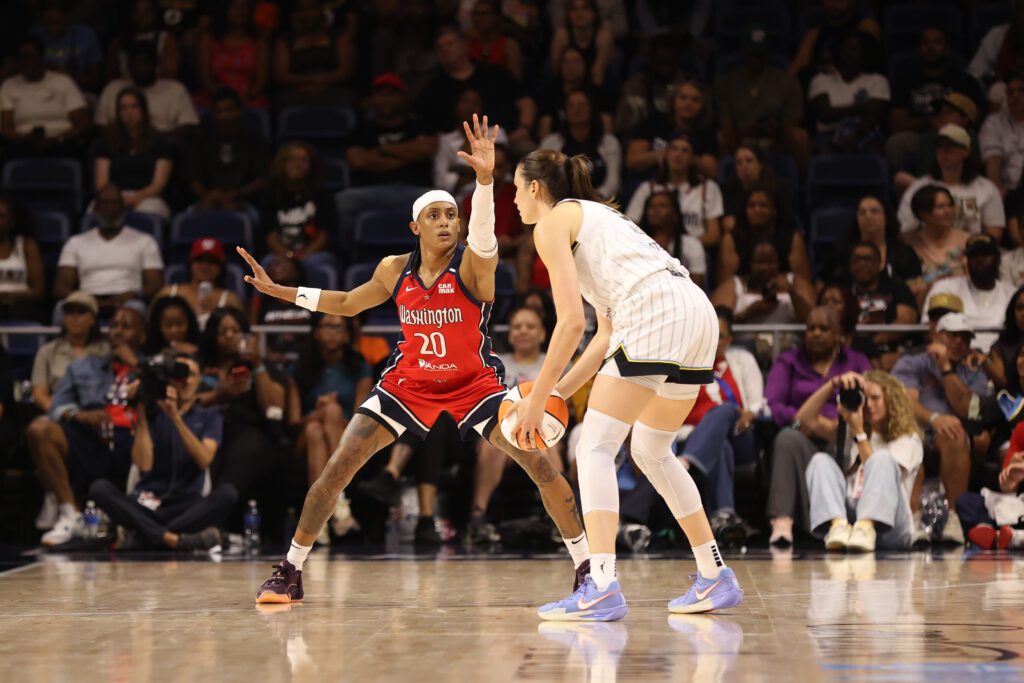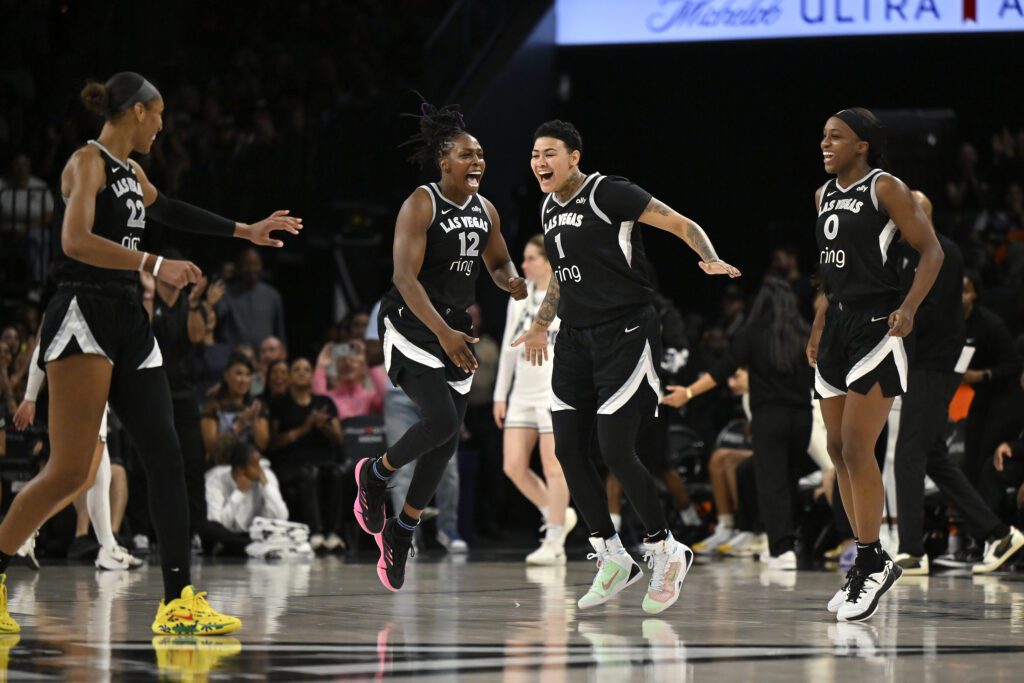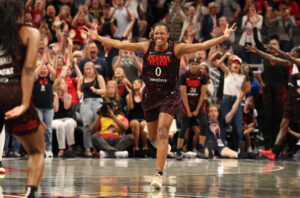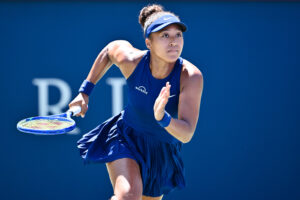The U.S. women’s national team has three very different opponents in their group stage at the 2023 World Cup. After cruising to a good — but not great — 3-0 win over Vietnam in their tournament opener, the USWNT faces a new challenge against 2019 World Cup runners-up the Netherlands on Wednesday at 9 p.m. ET.
The Dutch didn’t look their sharpest in their first match either, escaping with a 1-0 victory over Portugal. They packed the midfield and narrowed their defense to a three-back formation in order to send numbers forward.
U.S. head coach Vlatko Andonovski likely has a number of possible game plans for defending and countering the Dutch approach. Here are some adjustments the USWNT can make to their starting XI to come out with the win and take control of Group E.
The Ertz dichotomy
Andonovski stacked the spine of his team against Vietnam. He started Julie Ertz in place of Alana Cook at center-back, allowing the World Cup veteran to combine laterally with Naomi Girma and with Andi Sullivan as the No. 6 in front of her. The approach worked well, with Ertz looking comfortable on defense and threatening during USWNT set-piece opportunities.
The Netherlands will provide a different challenge, and one of the biggest questions going into the match is whether the Ertz defensive experiment is indicative of a true approach change from Andonovski or a way to manage minutes at a thin position. It doesn’t make sense to leave Ertz on the bench if she’s able to compete at an elite level, but a return to center-back seems like too much of a last-minute pivot without enough evidence.
Where Ertz lines up on Wednesday might actually have as much to do with where Andonovski wants Lindsey Horan to focus her attention. When Sullivan lines up at the No. 6, Horan tends to sit slightly further back in a 4-2-3-1 formation, to assist both in defensive transition and in moving the ball. That approach has become increasingly effective in 2023, most notably in the USWNT’s SheBelieves Cup tournament win earlier this year.
But if Rose Lavelle isn’t available to start on Wednesday, as she continues to work her way back from a knee injury, Andonvoski might feel Horan is best used pushing into the Netherlands’ penalty area and assisting the attack. That approach might require Ertz’s sweeper presence in the defensive midfield, making it logical to slot Cook back into the central defense and place the two-time World Champion back at the point of an inverted midfield triangle.
Defending from the front
Lynn Williams surprisingly didn’t make an appearance in the USWNT’s opening match, but it’s possible that decision was based on saving her legs for a lengthy appearance against the Netherlands. Williams is the USWNT’s resident expert at defending from the frontline, forcing turnovers and capitalizing on quick transition opportunities, as she’s shown with Gotham FC this NWSL season.
Williams also provides positional flexibility, something Andonovski appears to be prioritizing from at the start of the USWNT’s World Cup campaign. Trinity Rodman started on the right wing in the team’s opener, shifting Sophia Smith over to the left and closer to where she plays for the Portland Thorns. The decision paid immediate dividends, with Smith notching a brace at the position while combining with Alex Morgan centrally.
Therein lies Andonovski’s biggest decision of the tournament thus far: Morgan has done nothing to lose her starting position, playing hold-up soccer with a precision that opened up space for the players around her. She could resume her back-to-goal position against the Netherlands, and the Dutch’s defensive shape as seen against Portugal might actually favor that approach.
But Williams brings speed and a front-to-goal defensive tenacity that could create attacking opportunities and shut down avenues toward counterattacks against the Netherlands. Her presence relieves the defensive pressure on the players behind her, which might just tip the scales in favor of a Williams-Smith-Rodman frontline to begin the USWNT’s second game.

Exploiting wide spaces
The Netherlands played in a three-back formation at times in their opening matchup against Portugal, and while they might take a different approach against the USWNT’s speedy wingers, the U.S. has to feel like there is space to exploit on the flanks. The U.S. typically takes two approaches after getting to the endline, either lofting the ball in the air or cutting back to runners entering the box late.
The team also has an arsenal of wide attackers who can cut inside after dribbling into the box from a wide position. If the midfield can draw defenders in and make adjustments to get the ball out to the wingers, the U.S. should have a number of chances to take the lead. The U.S. didn’t get as much out of their outside-backs as they could have against Vietnam, with Crystal Dunn and Emily Fox both focusing on progressing the ball in the middle third.
The U.S. will be preoccupied with the Netherlands’ own quality on the wings, but a strategic, lopsided back-four would allow Fox or Dunn to combine in the attack and give the U.S. the numbers they need to overwhelm the defense. The outside-backs will also be key to progressing the ball quickly and not giving the Dutch time to settle into their out-of-possession defensive shape.
For the USWNT, the difference between a draw and a win might come down to forcing the game open and using their scorching talent on the wings, an advantage the U.S. holds over almost every other team.
Projected Starting XI
GK: Alyssa Naeher
D: Crystal Dunn, Naomi Girma, Alana Cook, Emily Fox
M: Julie Ertz, Lindsey Horan, Ashley Sanchez
F: Lynn Williams, Sophia Smith, Trinity Rodman
Claire Watkins is a Staff Writer at Just Women’s Sports. Follow her on Twitter @ScoutRipley.

